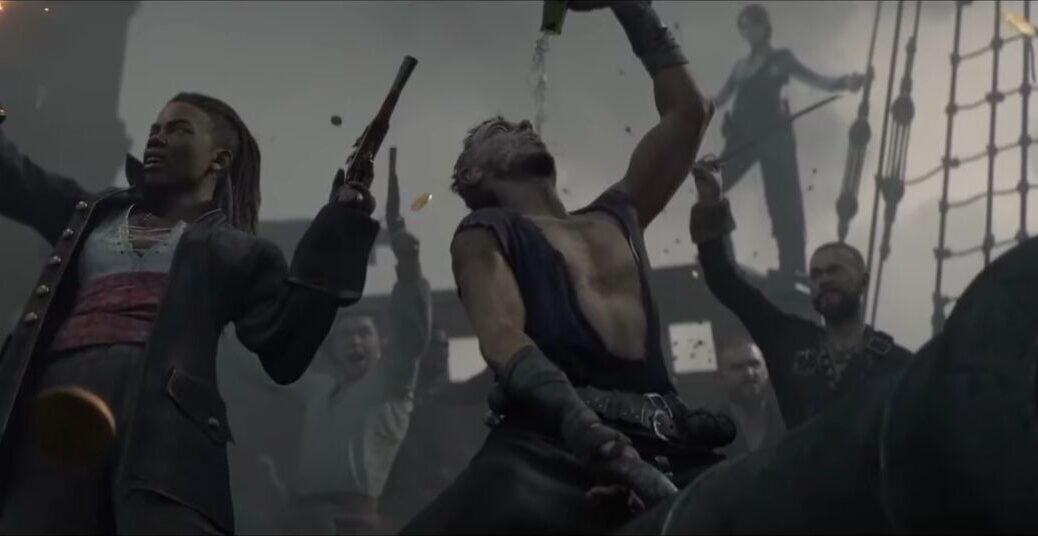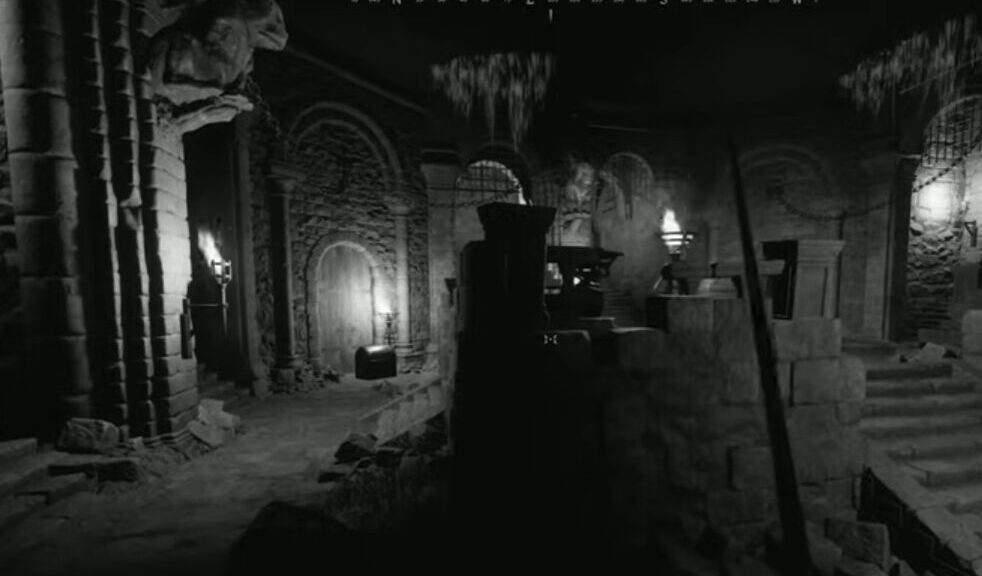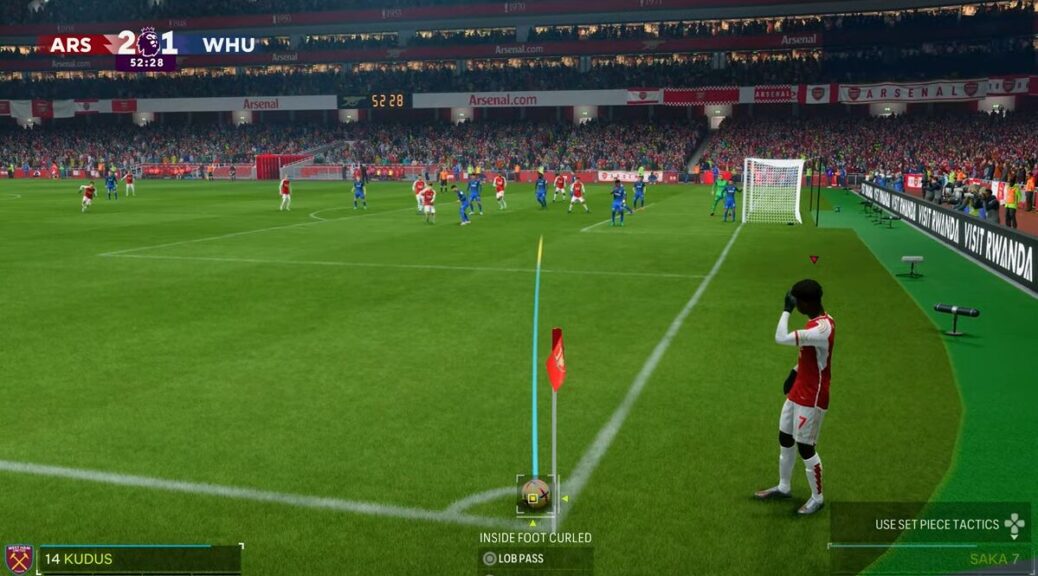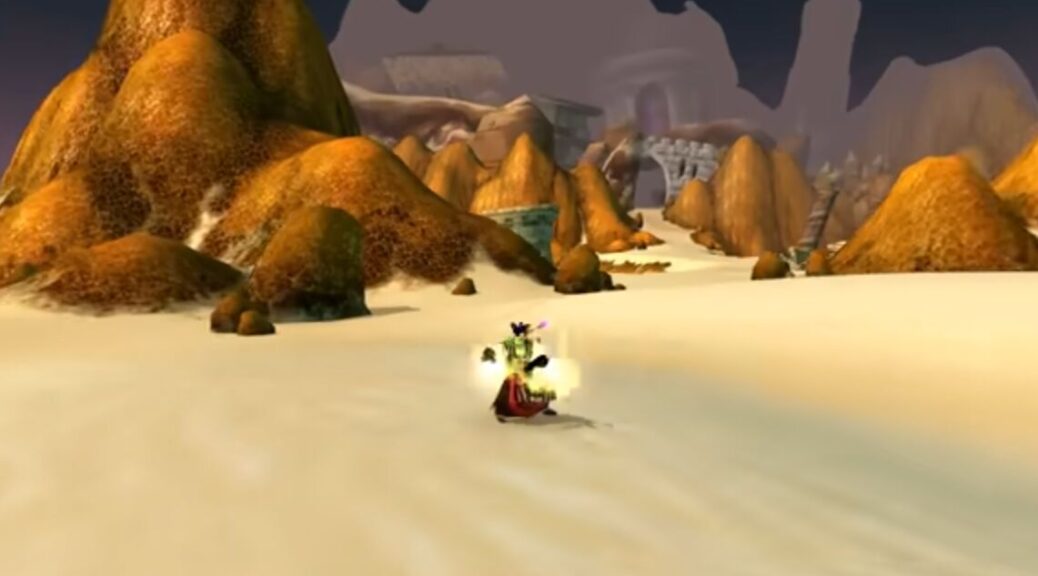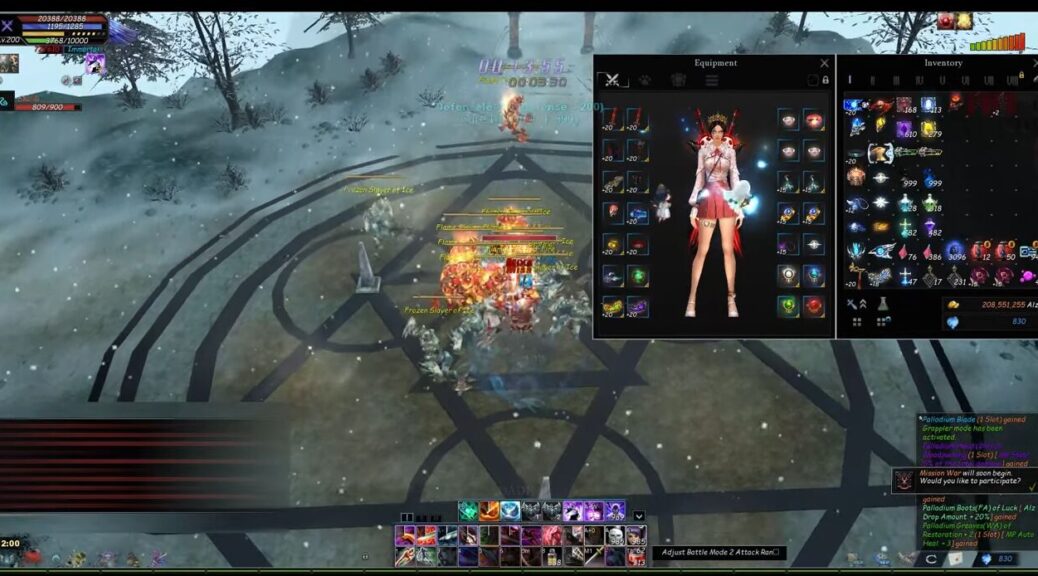Preface: This guide on “Amplification and Fatal Damage” attributes is equally applicable to other professions.
Having played Cabal for three years, progressing from a small character to an experienced archer (a bit self-indulgent, but I believe in my capabilities), I now share my experiences for the benefit of everyone’s progress.
Archer: In Cabal, speed is its absolute advantage. While burst damage may not be its strongest suit, in terms of DPS (Damage Per Second), archers are undoubtedly the most stable and powerful.
Firstly, players need to consider the role of their archer: PK (Player Killing) or dungeons?
PK: Attack should be the primary consideration, as stable and efficient sustained high output is the key to victory. The best defense is a good offense. However, due to the emphasis on high output, low defense becomes its fatal weakness. It’s crucial not to engage in direct confrontation (combo) with opponents unless victory is assured, or in a last-ditch effort. Despite its defensive vulnerability, archers can compensate with their evasion attribute. In my PK experience, the conclusion is clear: before ensuring the ability to defeat the enemy, leverage the advantage of attack speed for guerrilla warfare. Then, seize the opportunity to combo the opponent.
Dungeons: As mentioned earlier, the weakness of archers lies in their defense, but evasion helps compensate for this. However, in higher-level dungeons from level 105 onwards, the high damage output and accuracy of BOSS or mini-BOSS become archers’ Achilles’ heel. Yet, archers possess 9-10 grid ranged attacks and powerful recovery abilities (Healing Light’s healing + significant HP recovery in an instant). This is why experienced players have always said that archers are resilient. In summary, when it comes to dungeons, unless you have a significant equipment advantage, avoid soloing dungeons. The consumption is too high, and you may find your health at half when you’re preparing to combo, and healing won’t be enough. Unless your equipment has an absolute advantage, soloing dungeons can be risky.
Archer: Silent guardian when not unleashing power; Catastrophe when power is unleashed.
An archer is like a chess cannon, firing from a distance. The mountain is your own shield – fierce, dual shots.
Regarding the choice of archer skills:
My attack skills are: Lethal Shot 20, Arrow of Shadow 20, Spear of Earth 18, Earth Compression 18, Poison Arrow 20, Distorted Space 12, Starfall 20.
The skill amplifications are: 145%, 185%, 175%, 185%, 185%, 175%, 195%.
Note: The skill amplification values are based on the old Cabal display data. Although the current display may be different, the difference in amplification should be the same.
Why choose these skills? Let me analyze my choices:
Firstly, Arrow of Shadow, Spear of Earth, Earth Compression, Poison Arrow, and Starfall. Among these skills, only Spear of Earth has an amplification of 175%, while the amplifications of other skills are 185% and 195%.
So, why Lethal Shot and Distorted Space? Lethal Shot comes with a 50% lethal rate and 105% critical damage, while Distorted Space brings an 85% stun for 5 seconds.
Note: Regarding the stun effect, it begins counting when the skill is accurately released on the enemy to deal damage (similar to knockdown and knockback effects).
Calculated this way, when the opponent is stunned by Distorted Space, half of the skill’s duration has already passed. With a duration of 2.3 seconds, half is 1.2 seconds. This means that after Distorted Space is released, the opponent will be at your mercy for 3 seconds.
For high-tier auxiliary skills, there are Thundering Shot and Thunder Compression. However, I’ll explain why I didn’t choose them below:
Thundering Shot has the longest release time among gun skills (1.5 seconds), equivalent to the release time of a compressed skill. The amplification of Thundering Shot 18 and Spear of Earth 18 is the same at 185%, but the additional damage is different.
Similarly, Thunder Compression 18 has a release time of 1.8 seconds, but its actual effect doesn’t surpass the damage of Poison Arrow (because Poison Arrow has additional damage every 2.3 seconds over 10 seconds).
The above is my choice of skills. Below is the arrangement of attack skills:
As mentioned earlier, archers rely on the advantage of speed to achieve high output damage.
- Continuous Combo: Lethal Shot 20 / Arrow of Shadow 20 / Spear of Earth 18 / Earth Compression 18… These four skills can be used in the fastest combo cycle (by fastest combo, I mean that you can press the skill key to release the skill as soon as the combo bar reaches the point where the skill can be released).
- Non-Combo: Lethal Shot 20 / Arrow of Shadow 20 / Spear of Earth 18. These three skills can be used in a cycle every 4 seconds.
- Guerrilla Warfare: Lethal Shot 20 / Blink / Arrow of Shadow 20 / Blink / Dash. These five skills can be used in a cycle.
- Guerrilla Warfare 2: Lethal Shot 20 / Blink / Dash / Arrow of Shadow 20 / Blink / Dash. These six skills can be used in a cycle.
This is the basic routine I recommend, but the essence of martial arts in every school has only a few moves, but the methods of use are varied. The specifics depend on your own accumulation of experience through practice.
Now, let’s address the most concerning topic: equipment selection.
Whether archers should follow the amplification route or the critical strike route is a favorite and seemingly unnecessary discussion. In the game experience section (original MOLI game Cabal forum), there is detailed research on amplification and critical damage data. Unfortunately, the links to those two posts cannot be opened now. Only the poster himself can open them by searching for his own essential posts on the MOLI game forum.
The conclusion drawn is:
Amplification adds a bonus to the basic attack power. In other words, the higher your attack, the more pronounced the amplification effect.
Note: The output obtained after amplification will be offset by the opponent’s defense.
Critical damage adds a bonus to the actual damage value. In other words, the higher your actual damage against the opponent, the higher your critical damage bonus.
Currently, no one has determined the upper limit of amplification. The upper limit of critical damage is 240%.
Here, let me share an example related to critical damage that I have practiced:
During the national war, with the heritage weapon, when sniper mode and aura mode were not activated, Lethal Shot 20 produced higher critical damage than Arrow of Shadow 20, Spear of Earth 18, and Earth Compression 18.
However, when sniper mode was activated and aura mode exploded, the critical damage of Arrow of Shadow 20, Spear of Earth 18, and Earth Compression 18 was higher than Lethal Shot 20, because the upper limit of critical damage is 240%.
The critical damage possessed by Arrow of Shadow, Spear of Earth, and Earth Compression:
Heritage 70%, Aura mode 18%, Precision Sniper 90%, Self 20%, Jewelry and helmet 35 (Feyin +7, +10 ring pair, helmet 5%) = 233%.
The critical damage inherent in Lethal Shot 20, under the above conditions, results in a critical damage bonus of 338%. However, the upper limit of critical damage is 240%.
At this point, the critical damage has basically reached its limit. The determining factor now depends on the level of amplification.
Lethal Shot 20 (145), Arrow of Shadow 20 (185), Spear of Earth 18 (175), Earth Compression 18 (185).
The difference is 35%-45% in amplification, directly affecting the final damage value and, consequently, the effectiveness of critical damage.
This is why the situation I mentioned in the example occurred. Specific equipment configurations depend on the player.
I’ll say this: from the current attack perspective, achieving 65%-75% amplification is already quite good.
A higher level is 100% amplification. But if it’s even higher, I can say this: you have too much money. It’s just data, not very useful.
Because your attack is only this much, for example, 1000 attacks, skill amplification 185%.
If the equipment is 100%, your total amplification is 285%.
Output should be 2850 plus skill additional damage.
If the equipment is 115% amplification, then your total amplification is 300%.
Your output is 3000 plus skill additional damage.
For the sake of this 15% amplification, your investment can probably get you two sets of 285% total amplification.
Now, there’s a big misconception that many people have:
Amplification is most noticeable between 100% and 200%.
However, the additional 100% amplification at 300% compared to 200% does not double the output obtained at 200% amplification (similar to the experience bonus in VIP).
Critical damage doesn’t ignore defense because there’s a basic output first, then after offsetting the opponent’s defense, actual damage is obtained. Critical damage adds a bonus to the actual damage value.
(Understand this short paragraph on your own. If you can’t, consider it unsaid.)
To help everyone better understand the importance of reasonable combination of amplification and critical damage, I’ll give an example.
Base attack 1000, total amplification 300%, no critical damage, monster defense 1000.
In the case of critical damage, the actual damage to the monster is:
1000×3−1000=2000+2000×20%=2400.1000×3−1000=2000+2000×20%=2400.
Base attack 1000, total amplification 250%, critical damage 50%, monster defense 1000.
In the case of critical damage, the actual damage to the monster is:
1000×2.5−1000=1500+1500×(50%+20%)=2550.1000×2.5−1000=1500+1500×(50%+20%)=2550.
Which do you think has a better cost-effectiveness between 300% amplification and 250% amplification with 50% critical damage?
Let me make one more point clear: Amplification increases your basic output, thus increasing the actual damage value. This is why critical damage becomes more effective with higher critical damage bonuses.
The equipment mentioned above is what I used during the time of honor + excellence. At that time, MOLI game had already introduced the Wind Chime equipment set with 60 amplification through the roulette.
Although the latter part of the article mentions equipment amplification and critical damage choices, which may not be entirely practical for the 180-220 amplification era, there is still relevance. It depends on everyone’s own understanding.
However, it is precisely applicable to Cabal 2 now. As long as there won’t be another 100-200+ amplification Wind Chime set, the equipment matching suggestions mentioned in my article can still be used.
You also need to use your brain in the game, figure out how to spend the least to get the most benefits. This is what is called cost-effectiveness.
Recommend the best seller of Cabal Mobile Gems – MMOexp.com, more other service here, welcome.

